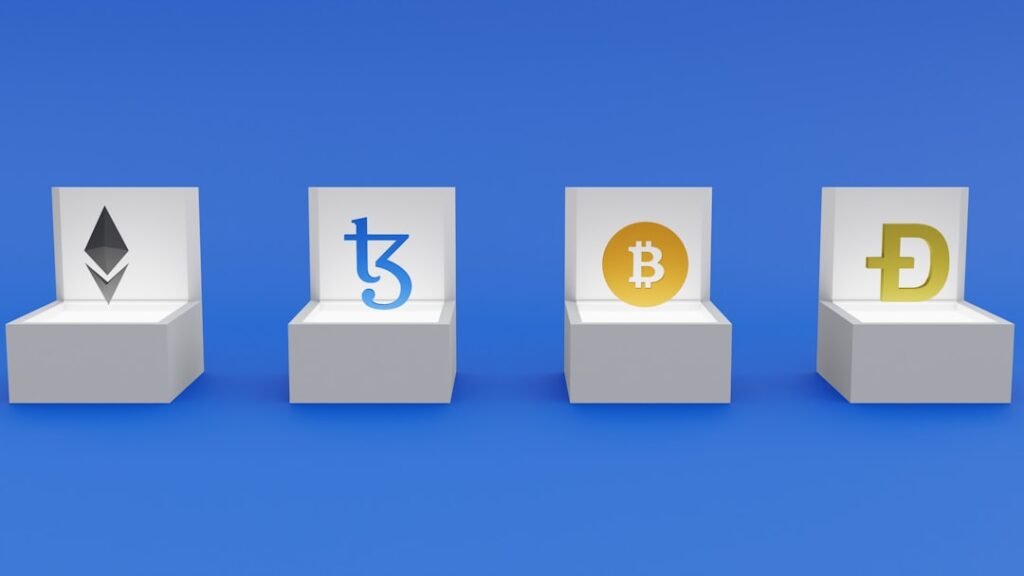Ethereum continues to prioritize credible neutrality while fostering innovation at higher layers. Initially, the roadmap emphasized a ‘Rollup-centric’ approach, with the base layer simplifying to accommodate most activity on Layer 2 (L2). However, recent developments indicate that merely serving as a minimal consensus and data availability layer is insufficient. The Layer 1 (L1) must enhance its capacity to handle traffic and activity, as L2 solutions ultimately depend on it. This necessitates faster block generation, lower data costs, robust proof mechanisms, and improved interoperability.
Upcoming upgrades, such as the Beam Chain consensus mechanism redesign, aim to achieve quicker finality and lower validator requirements, boosting raw throughput while reinforcing Ethereum’s neutrality. Proposals to migrate activity from the aging Ethereum Virtual Machine (EVM) to a RISC-V-native virtual machine could significantly improve prover efficiency while maintaining backward compatibility.
By 2030, Ethereum’s Rollup-centric roadmap is expected to consolidate into two primary directions:
1. **Aligned Rollups**: These prioritize deep integration with Ethereum (e.g., shared sequencing, native validation) to leverage L1 liquidity with minimal trust assumptions. They benefit from Ethereum’s composability and security.
2. **Performance Rollups**: These focus on throughput and real-time user experience, sometimes employing alternative data availability layers or centralized sequencers, while still relying on Ethereum for final settlement.
Rollup projects are polarizing toward these extremes, with middle-ground solutions likely struggling to compete. Network effects will drive consolidation around a few dominant hubs, mirroring trends seen in centralized exchanges.
Ethereum’s technical stack is undergoing significant upgrades across execution, settlement, consensus, and data availability layers. Key improvements include:
– **Execution Layer**: Potential replacement of the EVM with a RISC-V-based architecture for higher efficiency and zero-knowledge proof compatibility.
– **Settlement Layer**: Introduction of a unified, natively integrated framework (e.g., EXECUTE precompile) to simplify Rollup validation.
– **Consensus Layer**: Beam Chain upgrades to reduce finality times, lower staking thresholds, and enhance decentralization.
– **Data Availability Layer**: Proto-danksharding and full danksharding to increase throughput, though alternative solutions may still be needed for high-performance Rollups.
Ethereum’s vision as a ‘global ledger’ hinges on its ability to balance scalability and risk resilience. By 2030, its ecosystem will likely support both security-focused Aligned Rollups and throughput-optimized Performance Rollups, with intermediate solutions fading as users gravitate toward specialized platforms. This dual-path approach ensures Ethereum remains adaptable to diverse applications, from institutional DeFi to retail-scale use cases.
*Disclaimer: The views expressed are those of the author and do not constitute financial advice.*












